By Lt. Col. Harold E. Raugh, Jr., Ph.D., U.S. Army (Ret.)
For conspicuous gallantry and intrepidity at the risk of his life and beyond the call of duty,” began the citation for the Medal of Honor awarded to then-U.S. Marine Corps Captain Wesley L. Fox for heroic actions while commanding Alpha Company, 1st Battalion, 9th Marines in combat in South Vietnam on February 22,1969. Colonel Fox’s award of the Medal of Honor characterized the fidelity, selfless service, and effective leadership he demonstrated during long service as a Marine, recounted in this mesmerizing, candid, and realistic memoir, Marine Rifleman: Forty-Three Years in the Corps (Brassey’s, Washington, DC, 2002, 395 pp., illustrations, maps, glossary, notes, index, $27.95 hardcover).
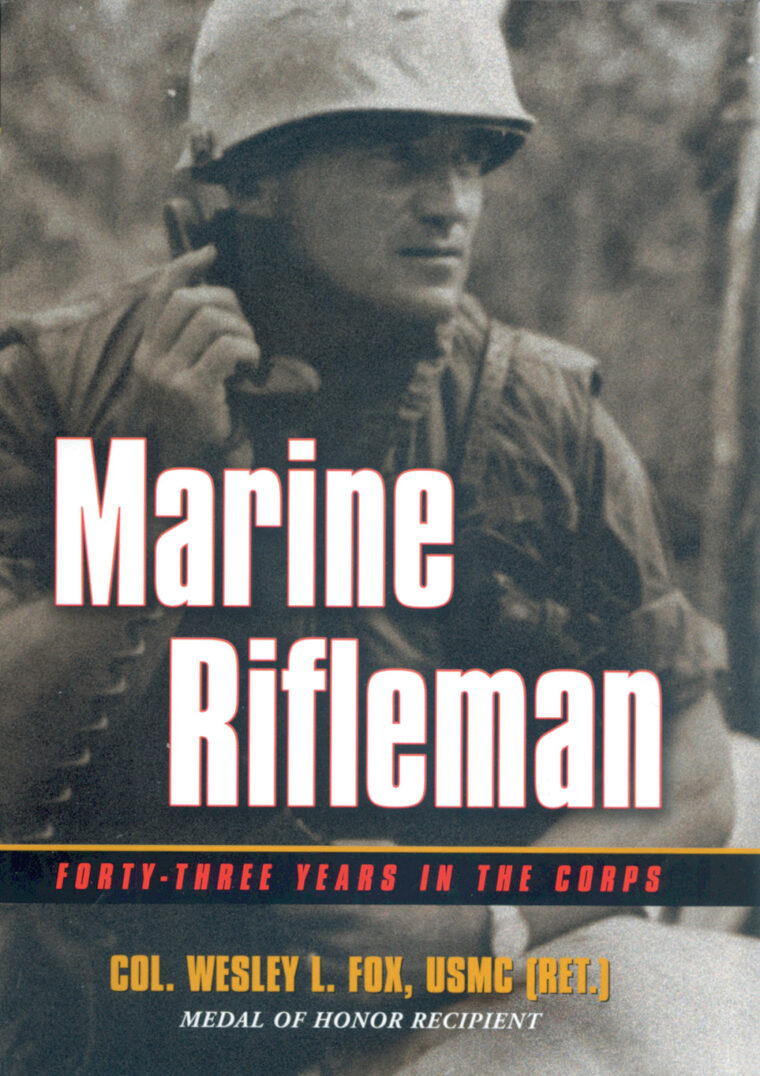 Fox, born in Virginia in 1931, joined the Marines in 1950 shortly after the outbreak of the Korean War because he “wanted firsthand experience on the cutting edge.” After training, Fox shipped out to Korea in January 1951. First as a BAR (Browning Automatic Rifle) man then later as a squad leader, Fox humped the rugged mountains in numerous engagements with the Chinese until wounded in September 1951 and repatriated to the United States.
Fox, born in Virginia in 1931, joined the Marines in 1950 shortly after the outbreak of the Korean War because he “wanted firsthand experience on the cutting edge.” After training, Fox shipped out to Korea in January 1951. First as a BAR (Browning Automatic Rifle) man then later as a squad leader, Fox humped the rugged mountains in numerous engagements with the Chinese until wounded in September 1951 and repatriated to the United States.
Advancing steadily through the ranks, Fox received a direct commission to second lieutenant in 1966 as the expanding Vietnam War demanded more combat troops. He was assigned to the Marine Advisory Unit in Vietnam in October 1967, and a year later assumed command of A-1/9 Marines. On February 22, 1969, Fox’s company fought a sharp engagement in the thick jungle with North Vietnam Army troops. On the verge of being overrun, Fox’s troops assaulted the NVA, and when the mist lifted, aerial rockets and cannon destroyed the NVA’s key weapons, halting their attack. For his courage and leadership that day, Fox was awarded the Medal of Honor. It was presented to him by President Richard M. Nixon on March 2, 1971—delayed until the “right political climate” made it appropriate.
Fox continued to serve his beloved Marines in positions of increasing responsibility, and was eventually promoted to colonel. He retired from the Marines in 1993, then served as deputy commandant of cadets at Virginia Tech until final retirement in 2001.
This compelling autobiography is arranged chronologically, organized into chapters corresponding with the author’s rank and highlighting his activities and leadership experiences in that rank. A few salient “Lessons learned” are summarized at the end of each chapter. A visual dimension to this book is provided by almost three dozen photographs and three maps. A helpful glossary provides meaning to the military abbreviations and jargon that fill the book.
A “gungy” Marine (“gungy” is derived from the Chinese term “gung ho,” meaning to work together), according to the author, includes those who are “all for the Corps and the Corps’ way of doing things, those who live, look, and perform the positive role of the ideal U.S. Marine.” Marine Rifleman is the gritty and inspiring life story of a true hero and “gungy” Marine.
Recent and Recommended
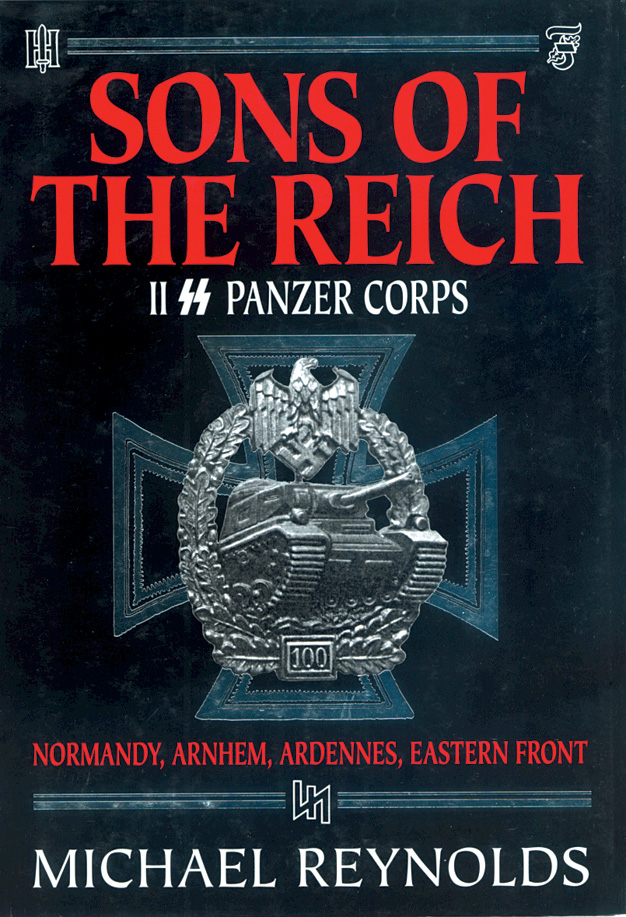 Sons of the Reich: The History of II SS Panzer Corps in Normandy, Arnhem, the Ardennes, and on the Eastern Front by Michael Reynolds. Casemate, Havertown, PA, 2002, 396 pp., illustrations, maps, notes, appendices, bibliography, index, $29.95 hardcover.
Sons of the Reich: The History of II SS Panzer Corps in Normandy, Arnhem, the Ardennes, and on the Eastern Front by Michael Reynolds. Casemate, Havertown, PA, 2002, 396 pp., illustrations, maps, notes, appendices, bibliography, index, $29.95 hardcover.
The German II SS Panzer Corps was formed in March 1944 and consisted of the 9th SS Panzer Division Hohenstaufen and the 10th SS Panzer Division Frundsberg. The corps was immediately rushed to the Eastern Front to help blunt a Soviet offensive and suffered over 3,000 casualties in its first month of fighting. After the Allied landings at Normandy on D-day, the II SS Panzer Corps was redeployed to France, participating in chaotic armored combat in the hedgerows. The corps later fought in the Arnhem area, in the Ardennes during the Battle of the Bulge, and in Hungary until Germany’s capitulation. At the end of the war the men were shocked to learn that their SS affiliation caused them to forfeit the honorable status of prisoners of war.
In this thoroughly researched and well-written study, author Michael Reynolds, a retired British Army major general, has chronicled and assessed the wartime history of the II SS Panzer Corps. Its battles and tactics are explained and placed superbly within their operational and strategic contexts, and are easy to follow on 35 excellent maps. This outstanding volume is destined to be the authoritative English-language history of the II SS Panzer Corps, a unit whose combat efforts had paradoxically “prolonged the war and actually led to the total destruction of the very things for which they had been fighting.”
In Brief
British Military Flintlock Rifles, 1740-1840 by De Witt Bailey, Andrew Mowbray Publishers, Lincoln, RI, 2002, 264 pp., illustrations, appendices, endnotes, bibliography, index, $47.95 hardcover.
The employment, characteristics, and capabilities of military flintlock rifles used by the British Army during the Seven Years’ War, the American Revolution, and the Napoleonic Wars through 1840 has been a generally neglected topic. Noted weapons’ expert De Witt Bailey has corrected this historical oversight by describing and illustrating, with over 320 excellent photographs, general and detailed views of these firearms. Considerable attention is given to the Baker Infantry Rifle and its variants, namely the Ferguson, the Pattern 1776, and the rifles used by Hessian mercenaries and Loyalists during the American Revolution, among other wars. Also discussed are bayonets, accouterments, and ammunition. This impeccably researched and plainly written study will certainly be the definitive history of and authoritative guide to this interesting subject.
World War II on the Web: A Guide to the Very Best Sites by J. Douglas Smith and Richard Jensen, SR Books, Wilmington, DE, 2002, $23.95 softcover with cd-rom.
The Internet is becoming an increasingly popular and more effective means of conducting research and locating hard-to-find information. Smith and Jensen’s book contains reviews of the top 100 World War II-related Web sites, each with a rating based on its content, appearance, and ease of navigation. The authors divided the book into 10 chapters: general world war sites; political and military leaders; European/Atlantic/Mediterranean theaters of operation; Pacific theater of operation; soldiers’ stories; the home front; women and African Americans in World War II; the Holocaust and war crimes; unit histories; and photographs, posters, and propaganda. The second part of the book lists and briefly describes an additional 140 recommended World War II Web sites. This valuable, easy-to-use, and handy reference guide also contains a cd-rom with hotlinks to all Web sites listed in the book.
The Roman-Judeo War, 66-74 A.D: A Military Analysis by James Bloom, Saga Publications, Rochester, NY, 2002, 134 pp., illustrations, maps, appendices, bibliography, $25.00 spiral-bound softcover.
The Jews of Judea, antagonized by sectarian strife, burdensome taxes, and cultural friction, revolted against their Roman occupiers and drove them with heavy losses from Jerusalem in 66 ad. The Romans responded by overrunning the province, recapturing Jerusalem, and besieging Masada, where the defenders killed themselves rather than be captured. James Bloom has reconstructed a detailed chronicle of the Jewish Revolt, 66-73 ad, based largely on the somewhat-unreliable accounts of Flavius Josephus and supplemented by other sources. Appendices estimate the disposition and strengths of the Roman army and Jewish rebel forces, briefly attempt to assess “Jewish Combat Efficacy,” and give advice on constructing dioramas, making this monograph well suited for military modelers and wargamers.
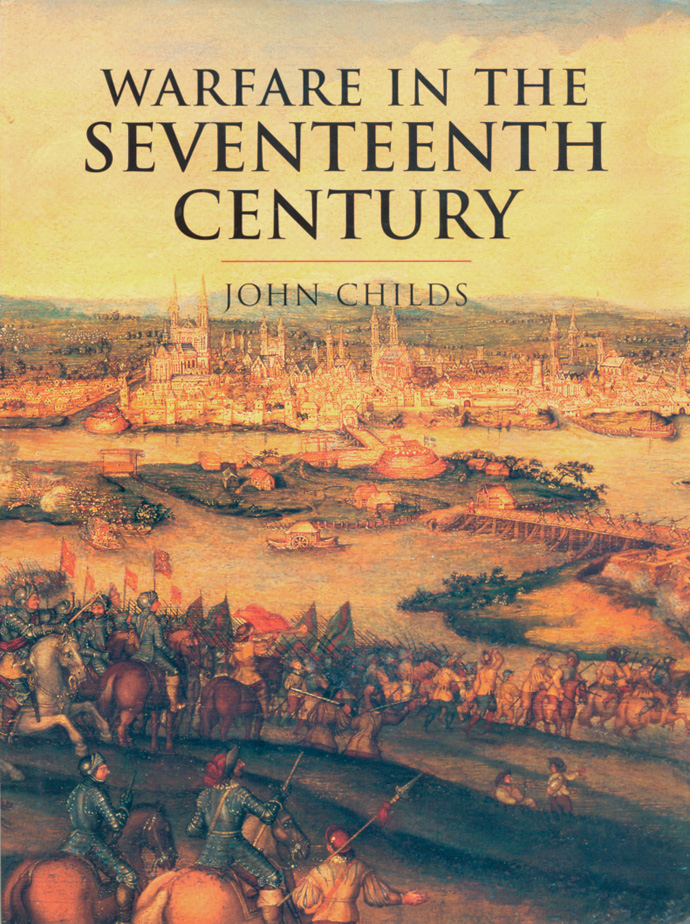 Warfare in the Seventeenth Century by John Childs, Cassell, London, 2001. 224 pp., chronology, illustrations, maps, biographical notes, bibliography, index, $29.95 hardcover.
Warfare in the Seventeenth Century by John Childs, Cassell, London, 2001. 224 pp., chronology, illustrations, maps, biographical notes, bibliography, index, $29.95 hardcover.
The “Revolution in Military Affairs” that some believe characterized the techniques and conduct of warfare in the 17th century, according to the author of this thought-provoking book, simply never occurred. To be sure, in 17th-century Europe, improvements to fortification design coupled with advances in firearm technology caused wars to be longer and armies to be larger, more permanent, and better disciplined. Moreover, larger armies and fortifications were expensive and rulers were required to centralize and improve their fiscal and administrative apparatus to finance and maintain larger offensive and defensive military capabilities. As a result, states and rulers became more absolute. In this exceptionally well-written, lavishly illustrated, and perceptive book, Professor John Childs chronicles, dissects, and evaluates the many significant wars of the tumultuous 17th century, beginning with the barbaric Thirty Years’ War of 1618-1648. Convincingly, he shows that while formations and tactics were revised mainly to meet advances in weaponry, these changes took place over the course of the whole century and were methodical and evolutionary. Thus the changes were gradual and did not constitute a “Military Revolution.”
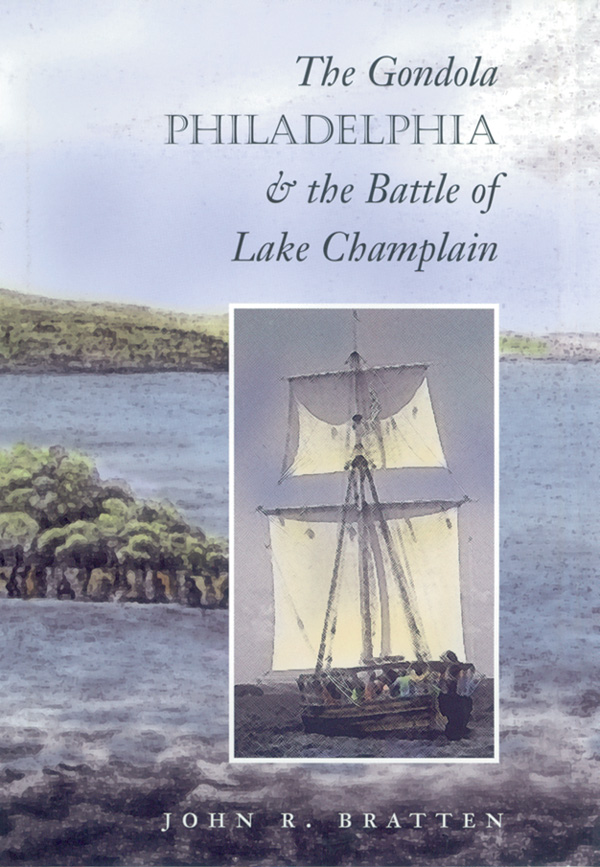 The Gondola Philadelphia and the Battle of Lake Champlain by John R. Bratten, Texas A&M University Press, College Station, 2002, 235 pp., illustrations, maps, tables, notes, glossary, bibliography, index, $34.95 hardcover.
The Gondola Philadelphia and the Battle of Lake Champlain by John R. Bratten, Texas A&M University Press, College Station, 2002, 235 pp., illustrations, maps, tables, notes, glossary, bibliography, index, $34.95 hardcover.
The 54-foot Continental gondola Philadelphia, armed with three cannon and eight swivel guns, was sunk in the hard-fought Battle of Lake Champlain against a superior British fleet on October 11, 1776. The Philadelphia, which was recovered from the bottom of Lake Champlain in 1935, is the oldest intact warship currently on display in North America. This fascinating, easy-to-read case study in nautical archaeology includes a chronicle of the activities of the Philadelphia, as well as a comprehensive analysis of the ship’s construction and of the 767 artifacts found with it. Profusely illustrated, this compelling monograph provides a detailed view into a veritable time capsule of military and naval history.
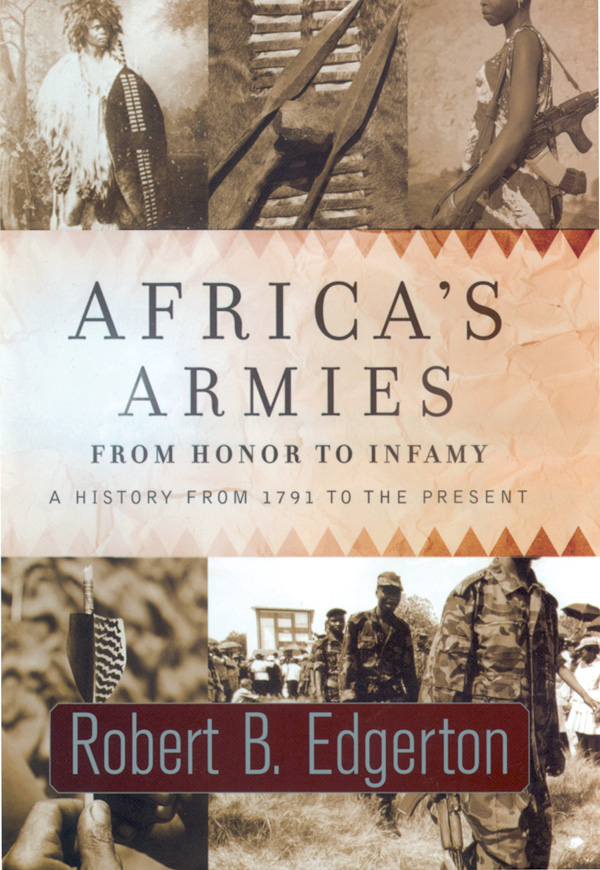 Africa’s Armies from Honor to Infamy: A History from 1791 to the Present by Robert B. Edgerton, Westview Press, Boulder, CO, 2002, 328 pp., illustrations, map, notes, references, index, $30.00 hardcover.
Africa’s Armies from Honor to Infamy: A History from 1791 to the Present by Robert B. Edgerton, Westview Press, Boulder, CO, 2002, 328 pp., illustrations, map, notes, references, index, $30.00 hardcover.
Dr. Robert B. Edgerton, professor of anthropology at UCLA, has written a sweeping military history of sub-Saharan Africa from the precolonial era to contemporary postcolonial insurgencies. This book’s theme seems to be that early African armies ordinarily fought with honor, sparing noncombatants, but many of the examples given totally contradict this idea. After independence from their colonial masters, African “military men” frequently seized power in their countries, ruled as dictators, and caused “civil wars, genocide, hunger, disease, economic collapse, and a steadily declining quality of life”—atrocities that usually have little to do with armies or warfare. While the general reader may find items of interest in this study, a lack of objectivity and analysis, coupled with distortions and contradictions, diminish the book’s impact and value.
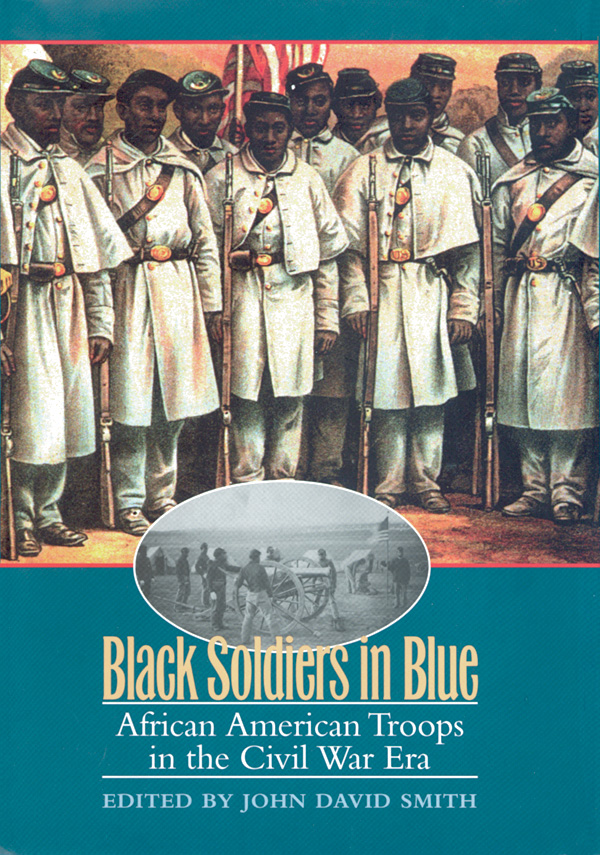 Black Soldiers in Blue: African American Troops in the Civil War Era, John David Smith, ed., University of North Carolina Press, Chapel Hill, 2002, 464 pp., illustrations, maps, notes, index, $39.95 hardcover.
Black Soldiers in Blue: African American Troops in the Civil War Era, John David Smith, ed., University of North Carolina Press, Chapel Hill, 2002, 464 pp., illustrations, maps, notes, index, $39.95 hardcover.
The emancipation and employment of blacks as soldiers by the United States during the Civil War, according to Professor John David Smith, were defining moments in the history of race relations. This is the theme of the 14 original essays in this perceptive study. Half of the chapters focus on the role of the U.S. Colored Troops (USCT) in combat, chronicling and assessing the major battles in which they fought. The remaining essays cover relatively little-known aspects of the USCT, ranging from recruitment, black chaplains, black-white soldier relations in postwar Charleston, the treatment of USCT veterans after the Civil War, and the social significance of their wartime service. This superb anthology of uniformly interesting essays successfully raises interest in the vital role and varied experiences of African Americans in the U.S. Army during the Civil War.
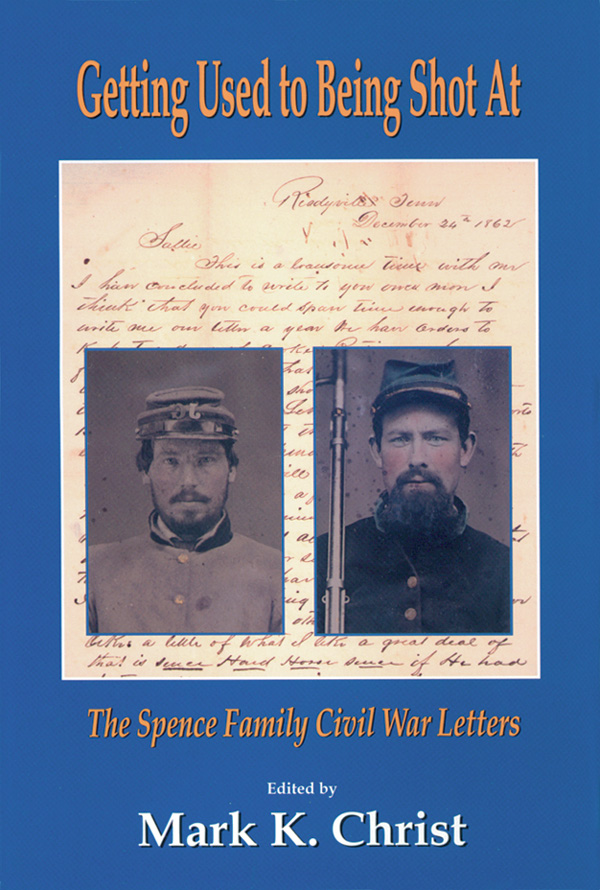 Getting Used to Being Shot At: The Spence Family Civil War Letters, Mark K. Christ, ed., University of Arkansas Press, Fayetteville, 2002, 228 pp., illustrations, appendices, notes, bibliography, index, $24.95 hardcover.
Getting Used to Being Shot At: The Spence Family Civil War Letters, Mark K. Christ, ed., University of Arkansas Press, Fayetteville, 2002, 228 pp., illustrations, appendices, notes, bibliography, index, $24.95 hardcover.
Thomas F. and Alexander E. Spence were the sons of Solomon Spence, Sr., a wealthy, slave-owning patriarch of Arkadelphia, Ark. After the Civil War broke out in April 1861, Alexander enlisted and rose through the ranks to become a captain and commander of B Company, 1st Arkansas Infantry Regiment. He was wounded at Shiloh and fought at numerous battles before being mortally wounded at Franklin, Tenn., on November 30, 1864. Thomas enlisted in the 2nd Arkansas Mounted Rifles, also became a captain, and saw extensive combat before being killed during a charge at the catastrophic Battle of Murfreesboro, Tenn., on December 31, 1862. This book comprises 38 descriptive and detailed letters written by Alexander, and 10 written by Thomas (plus a few others from friends and comrades) to family members chronicling their wartime activities and concerns. Well edited with an excellent narrative and informative endnotes, these letters provide the poignant testimony of two Confederate Army officers from Arkansas sacrificed “upon the Southern altar.”
Best Little Stories from the Wild West by C. Brian Kelly with Ingrid Smyer, Cumberland House, Nashville, TN, 2002, 400 pp., appendix, index, $16.95 softcover.
Tales of American exploration and expansion from the Mississippi River to the Pacific Ocean to achieve the nation’s “Manifest Destiny” in the 19th century continue to captivate historians and readers. About 80 interesting vignettes of the Old West, from the Lewis & Clark Expedition in 1803 to the devastating 1906 San Francisco earthquake, and including stories of Davy Crockett at the Alamo, Buffalo Soldiers in action, and the death of Custer, among others, are included in this collection. They are grouped in six sections, “First Explorations,” “Mountain Men and Texans,” “Emigration, War, and Gold,” “Nation of Two Faces,” “Cowboys & Indians, Lawmen & Outlaws,” and “Sliding into a New Century.” The final lengthy essay is “Fascinating Women of the West.” This superb book, which helps put a human face on America’s varied and enthralling Western heritage, is engagingly written, informative, and a pleasure to read.
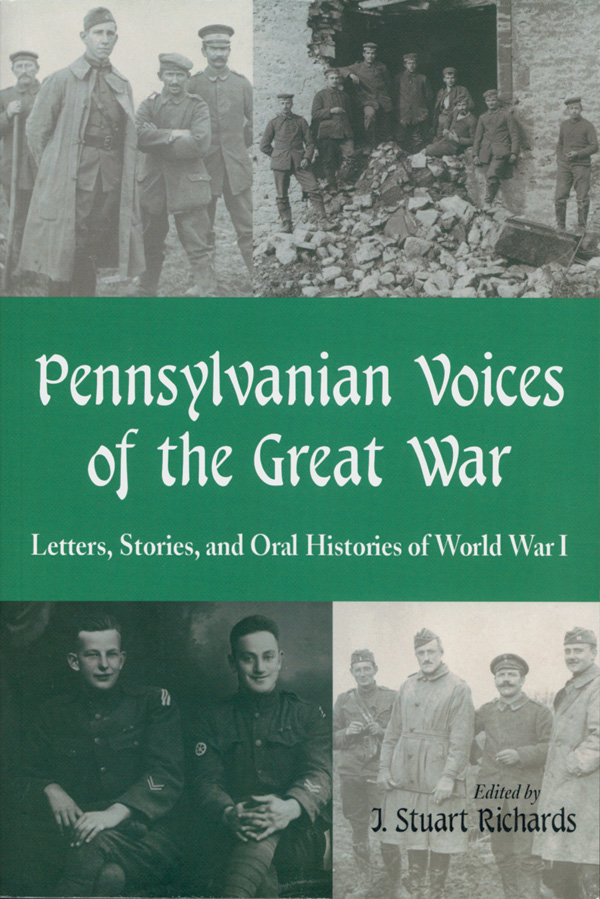 Pennsylvanian Voices of the Great War: Letters, Stories, and Oral Histories of World War I, J. Stuart Richards, ed., McFarland, Jefferson, NC, 2002, 243 pp., illustrations, appendix, bibliography, index, $35.00 softcover.
Pennsylvanian Voices of the Great War: Letters, Stories, and Oral Histories of World War I, J. Stuart Richards, ed., McFarland, Jefferson, NC, 2002, 243 pp., illustrations, appendix, bibliography, index, $35.00 softcover.
Soldiers wrote to their local newspapers with accounts of their military experiences from the Civil War to World War I, after which the practice was ended for operational security reasons and imposed censorship. This volume is a collection of interesting, chronologically arranged letters written by Pennsylvanians on active duty during World War I. The titles of these letters include “The Field Where Men Die Fighting Like Men,” “Tell Mother if I Get Killed She Will Get $10,000 and Be Rich,” “Took Bath in a Pond Filled with Old Dead Germans,” and “I Was Wounded and Gassed, and I Got 7 Huns,” among many others. These well-selected, fascinating letters convey myriad emotions and a sense of immediacy. They also provide a first-hand, contemporary glimpse of combat in the trenches, in the air, at sea, in hospitals and support units, and on the home front during “the war to end all wars.”
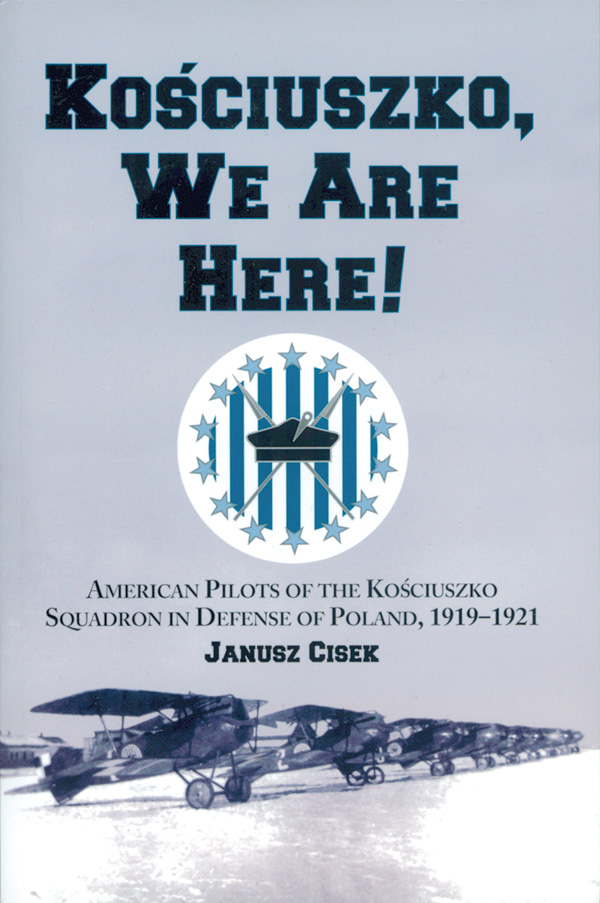 Kosciuszko, We are Here! American Pilots of the Kosciuszko Squadron in Defense of Poland, 1919-1921, by Janusz Cisek, McFarland, Jefferson, NC, 2002, 256 pp., illustrations, maps, notes, appendix, indexes, $45.00 softcover.
Kosciuszko, We are Here! American Pilots of the Kosciuszko Squadron in Defense of Poland, 1919-1921, by Janusz Cisek, McFarland, Jefferson, NC, 2002, 256 pp., illustrations, maps, notes, appendix, indexes, $45.00 softcover.
The saga of American pilots voluntarily flying for the British Royal Air Force in combat before the U.S.’ entry in both world wars is well known. Less publicized are the heroic efforts of a dozen American aviators who formed the Kosciuszko Squadron to fight for Poland’s independence in a war with Bolsheviks and to prevent the Communist Revolution in Russia from spreading into Germany. Inadequately equipped and supported, and facing imminent execution if captured, these brave Americans helped inflict the only defeat on the Red Army while repaying to Poland a debt owed since the American Revolution. This well-researched and compellingly written account of American and Polish determination deserves a large audience, although the relatively high price may deter prospective readers.
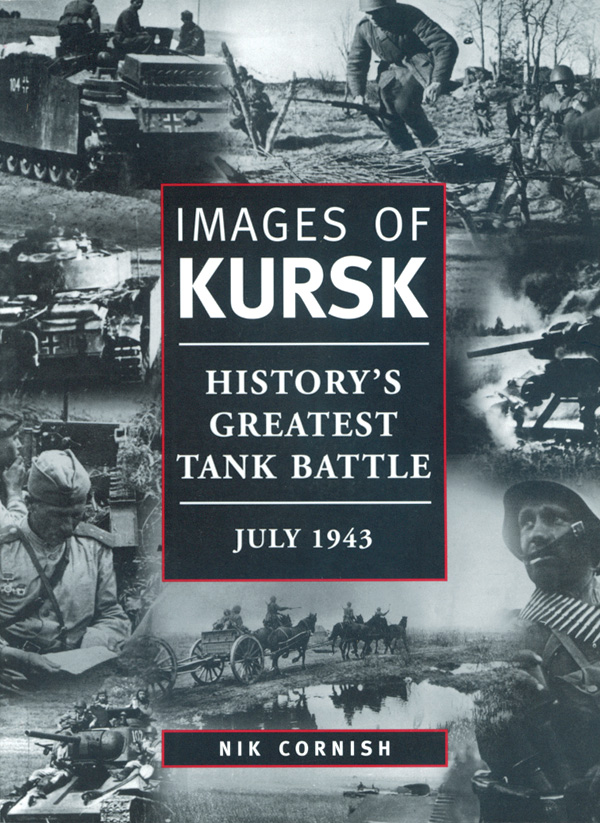 Images of Kursk: History’s Greatest Tank Battle, July 1943 by Nik Cornish, Brassey’s, Dulles, VA, 2002. 224 pp., illustrations, maps, appendices, bibliography, index, $19.95 large format softcover.
Images of Kursk: History’s Greatest Tank Battle, July 1943 by Nik Cornish, Brassey’s, Dulles, VA, 2002. 224 pp., illustrations, maps, appendices, bibliography, index, $19.95 large format softcover.
To regain the initiative and reduce the Kursk salient on the Eastern Front during World War II, the German Army threw more than 900,000 soldiers and 2,500 tanks against 1,300,000 Soviet soldiers with 3,000 tanks in July 1943. The Germans underestimated Soviet preparations and the depth of their defensive positions. Ferocious fighting ensued, including the largest tank battle in history and tremendous aerial engagements, from which the Germans arguably never recovered. This excellent book is an illustrated history, with a detailed narrative, that covers all aspects of the pivotal Battle of Kursk. It is highlighted by more than 300 photographs, the majority from Russian archives and previously unpublished. Interesting and informative, this superb volume depicts the men and machines of war on the brutal Eastern Front, and deserves a wide readership.
We Were There: The U.S.S. Indianapolis Tragedy by L. Peter Wren, Wren Enterprises, Richmond, VA, 2002, 244 pp., illustrations, maps, index, $15.95 softcover.
The heavy cruiser USS Indianapolis was torpedoed by a Japanese submarine on July 30, 1945, near Tinian, to which it had secretly transported the atomic bomb later dropped on Hiroshima. The Indianapolis sank in 12 minutes, and of the 1,196 men on board, some 900 were left floating in oil-covered, shark-infested waters. Four days later, the 317 survivors were spotted by accident and rescue operations began. L. Peter Wren served as a rescue-boat officer on the USS Bassett, which recovered more than 150 of the Indianapolis’s survivors. He has collected in this single volume the poignant oral histories, letters, and other reminiscences of those involved in the unforgettable rescue operations of America’s greatest naval tragedy.
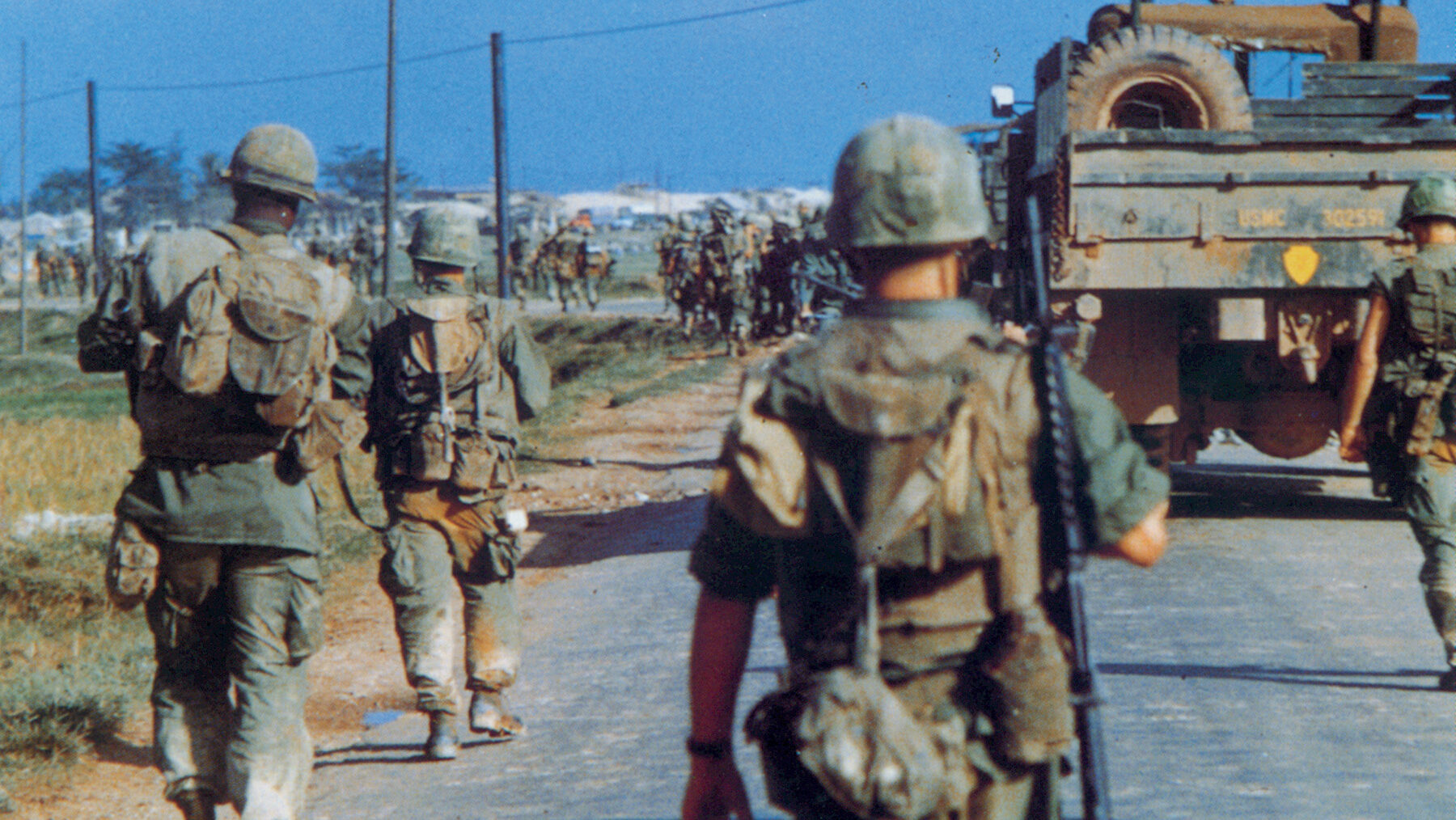
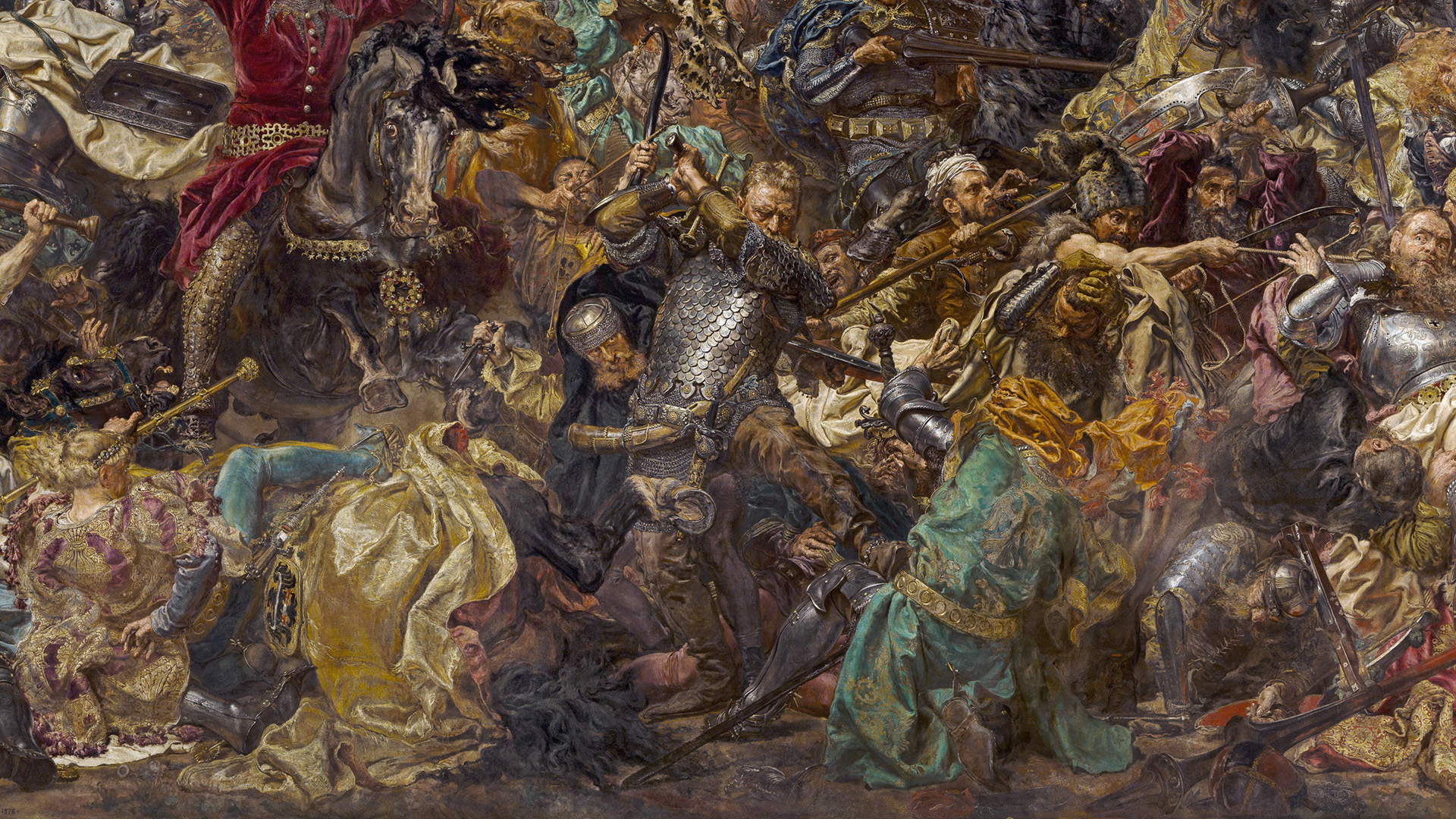
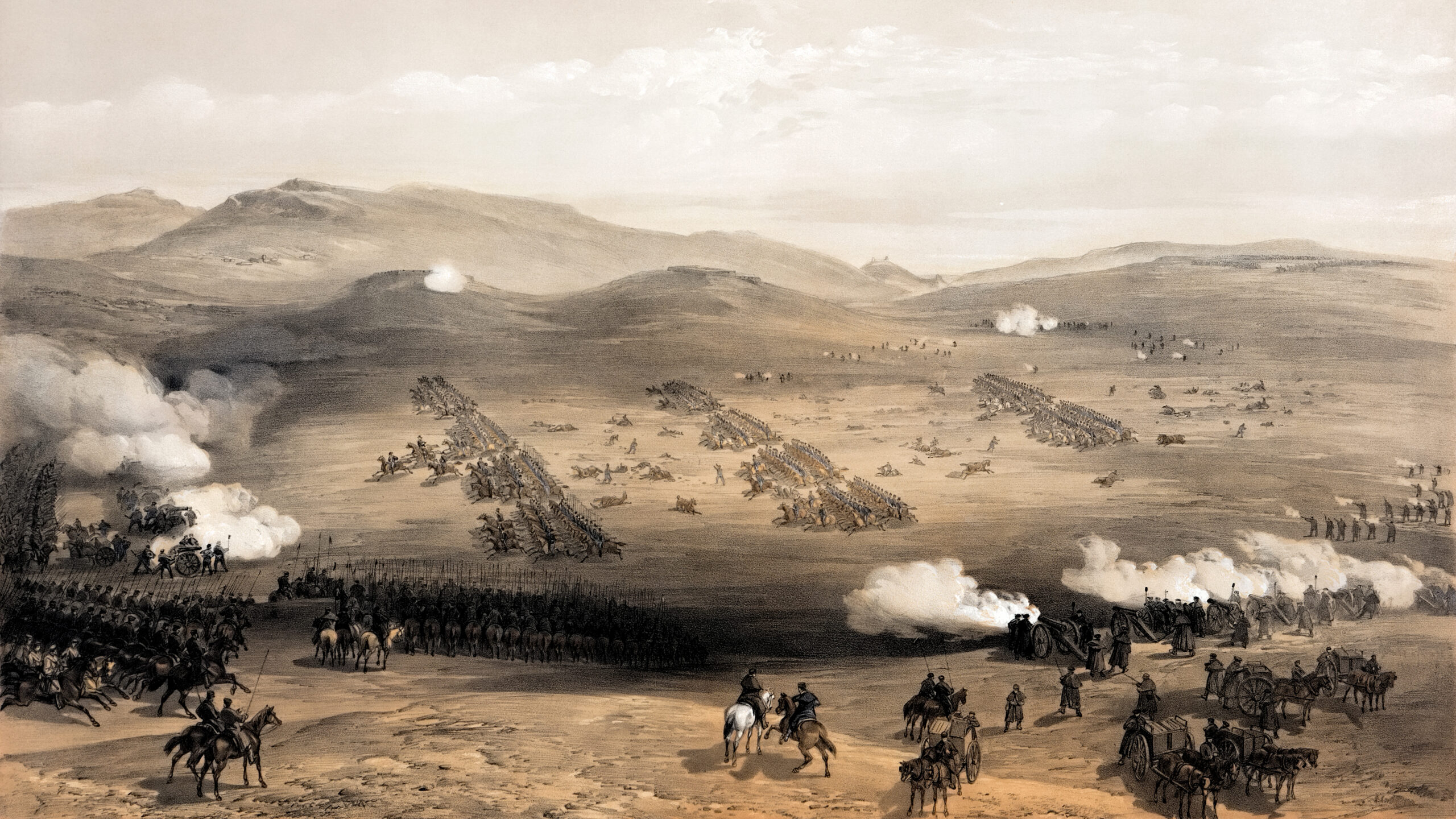
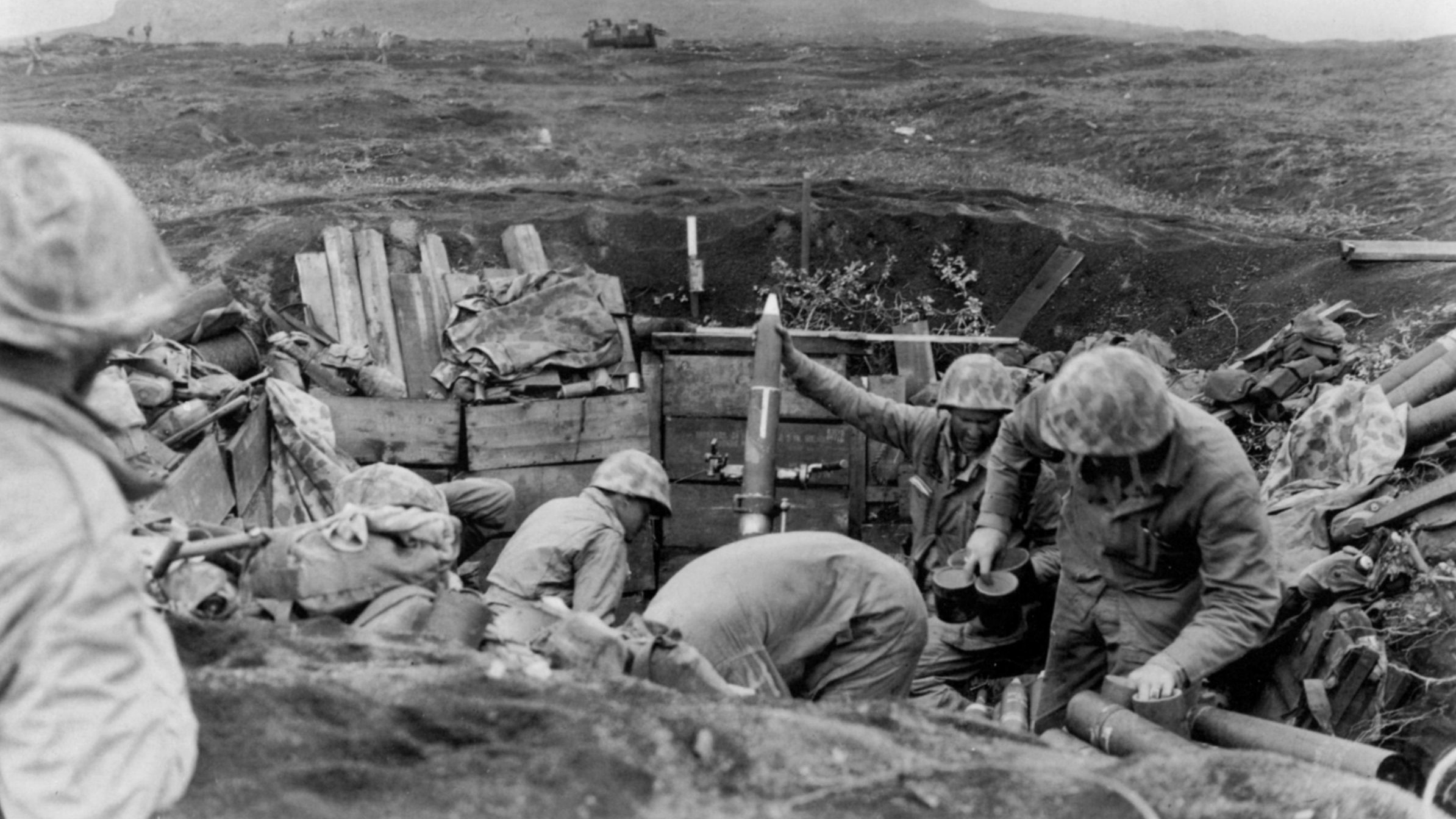
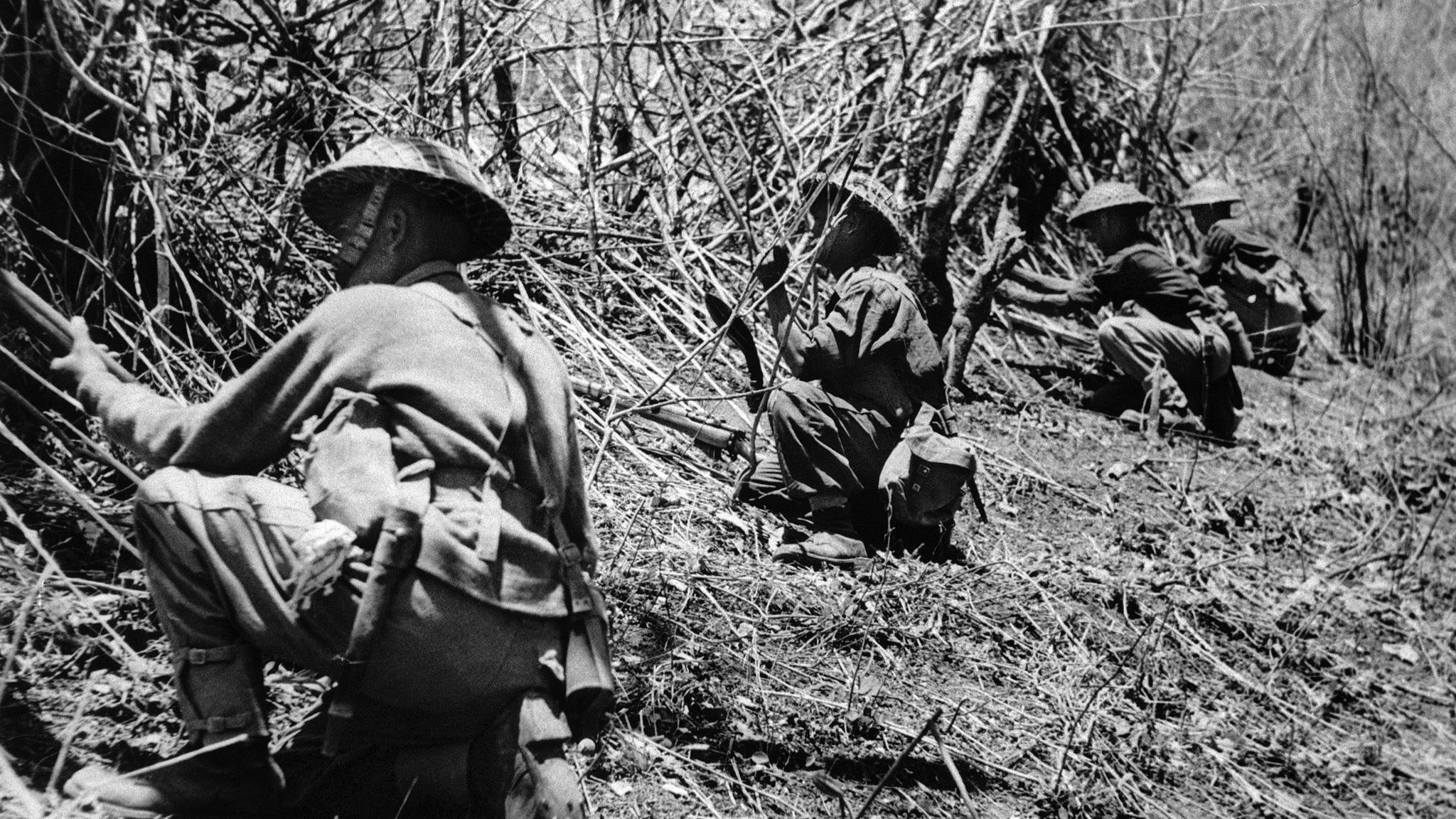
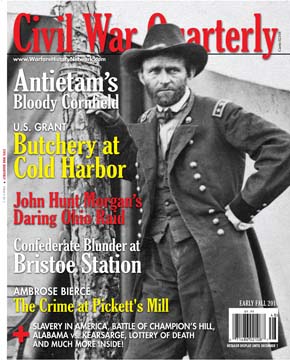
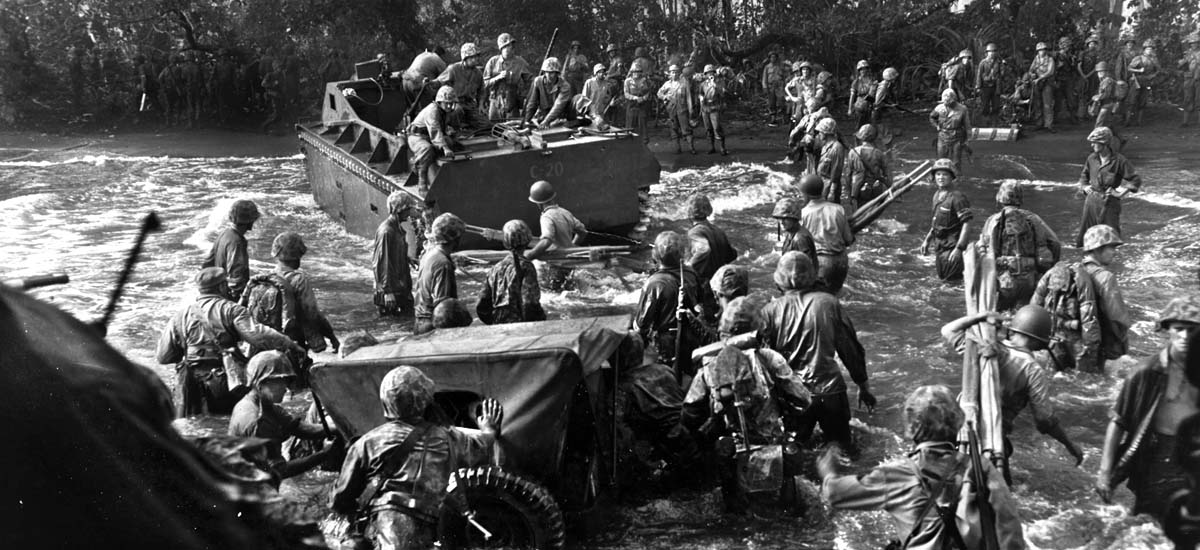


Join The Conversation
Comments
View All Comments